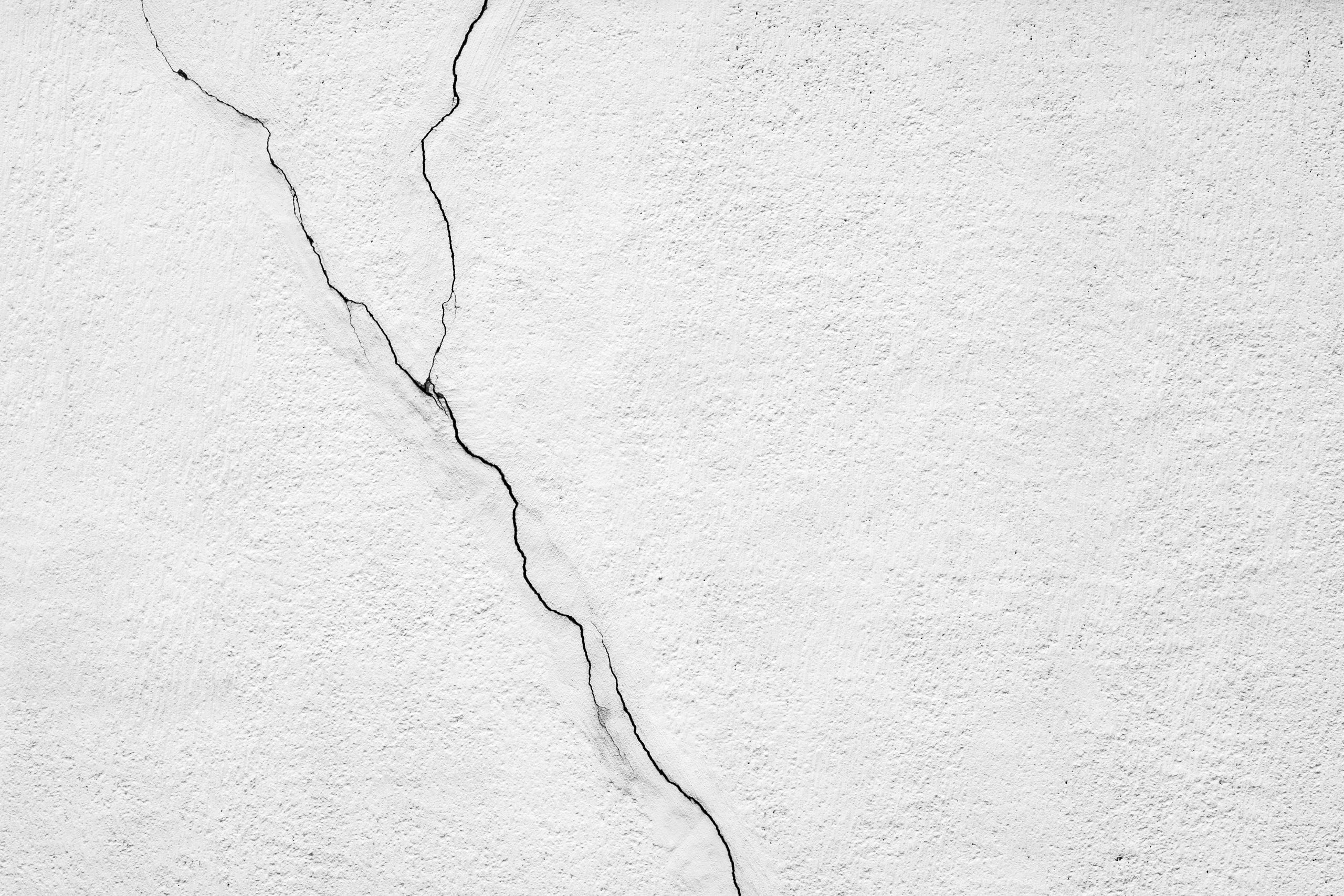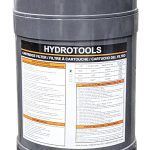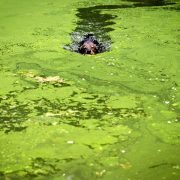
How to Identify and Repair Cracks in Your Pool Surface
A pristine and inviting pool can be a centerpiece of your outdoor oasis, offering relaxation and enjoyment for your family and friends. However, over time, your pool’s surface may develop cracks, which not only affect its aesthetic appeal but also its structural integrity. Identifying and addressing these cracks promptly is crucial to prevent further damage and maintain your pool’s functionality. In this blog, we will guide you through the process of identifying cracks in your pool surface and provide you with tips on how to deal with them effectively.
Identifying Pool Surface Cracks
- Visual Inspection: Begin by conducting a thorough visual inspection of your pool’s surface. Look for any irregularities, such as fine lines or fissures. Cracks can vary in size, so be vigilant in examining every inch of the pool.
- Feel for Texture Changes: Run your fingers over the pool surface, paying attention to any changes in texture. Cracks often result in rough or jagged areas that can be detected by touch.
- Listen for Hollow Sounds: Gently tap the pool surface with a rubber mallet or the handle of a screwdriver. If you hear a hollow sound or notice a difference in sound when tapping different areas, it could indicate the presence of a crack beneath the surface.
- Water Loss: If you notice an unexplained drop in your pool’s water level, it may be due to cracks. While this is not a definitive test, it can be a sign of a problem.
Types of Pool Cracks
Understanding the type of crack in your pool’s surface is essential for effective repair. Here are some common types:
- Hairline Cracks: Hairline cracks are small and usually less than 1/16 of an inch wide. They may not initially cause significant problems but can grow over time if left unaddressed.
- Structural Cracks: These cracks are more significant and can jeopardize the pool’s structural integrity. They often require professional attention.
- Surface Cracks: Surface cracks are typically cosmetic and do not penetrate deep into the pool’s structure. They can be repaired relatively easily.
Dealing with Pool Surface Cracks
- Surface Crack Repair: For minor surface cracks, you can consider a DIY repair using a pool patch kit. Follow the manufacturer’s instructions carefully and ensure the area is clean and dry before applying the patch.
- Consult a Professional: For more extensive cracks or structural issues, it’s best to consult a professional pool contractor. They can assess the severity of the problem and recommend the appropriate repair method, which may include structural repairs or even resurfacing the pool.
- Preventive Measures: To prevent future cracks, maintain proper water chemistry, and regularly inspect your pool for signs of damage. Properly winterize your pool if you live in an area with freezing temperatures to prevent freeze-thaw damage.
- Regular Maintenance: Routine pool maintenance, including cleaning, balancing chemicals, and checking for cracks, can go a long way in preserving your pool’s surface.
Conclusion
Identifying and addressing cracks in your pool surface is crucial for preserving the beauty and functionality of your pool. By conducting regular inspections, understanding the types of cracks, and taking appropriate measures, you can ensure your pool remains a source of enjoyment for years to come. For more significant cracks or structural issues, don’t hesitate to seek professional assistance to keep your pool in top condition. Remember, a well-maintained pool enhances the value of your property and provides endless enjoyment for you and your family.




